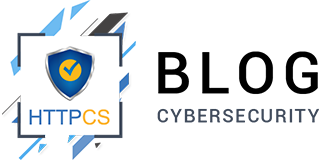Eight tools to secure your e-shop
Eight essential tools to secure an e-shop website.
The e-shop industry is constantly evolving with nearly 180 000 active e-shops and more than 38.8 million of French people shopping on the internet. It is now impossible to ignore the major impact that e-shops has for businesses. If its importance is not to prove anymore, it is necessary to study threats that could prevent the website to work correctly and what are the tools that can protect it.
1. The HTTPS protocol
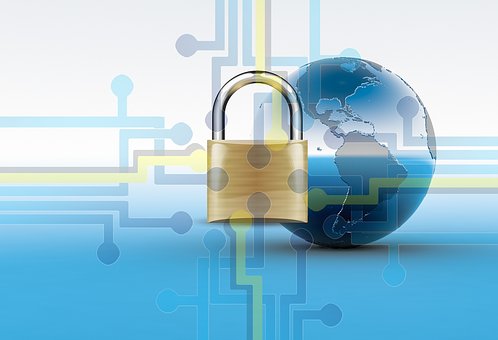
The very first thing that you need to do when you launch your website is to make sure that it is secured and that web users can surf on it safely. In order to manage that, there is a very simple way to ensure the safety of your website, namely, to go on HTTPS. It is actually made mandatory by Google since October 2017. The HTTPS (Hyper Text Transfer Protocol Secure) is a protocol that encrypts traded information and secures data transfer. HTTPS protects then your clients’ information such as email addresses or passwords and allows a much more secure surfing while limiting malwares spreading.
You can go on HTTPS by getting an SSL certificate. There are a lot of different types of certificates that are specifically adapted to your website and to the kind of information you want to protect. You can easily get your certificate on HTTPCS and an expert will advise you on the certificate that matches the most your needs.
2. Updates

If you conceived your website with a CMS (Content Management System), it is absolutely necessary to always download the last updates. Indeed, most of the CMS are regularly updated in order to correct the potential shortcomings and thus, ensure a solid protection. Having their website on this type of platform has some perks. Indeed, you don’t need to be a computer genius to ensure a minimum of protection. You still need to be aware that even though updates are absolutely necessary to prevent some shortcomings, it won’t completely prevent the risk of being attacked by a hacker.
Updates are essential when it’s about plugins and scripts. Indeed, most of them are open-source and thus readable by everyone. So, everybody can analyze them and figure out their shortcomings. This is the most common to attack a website.
The updating procedure is a fundamental of a website owner but computer science isn’t made for everyone and can be intimidating when you are a beginner in the field. This is why there are courses you can take in order to get familiar with the basics that will help you prevent potential attacks. You can learn all this from the Ziwit Academy that provides courses for all levels.
3. Web Host

Another way to secure your website is to use the correct web host. There are so many different web hosts, some less expensive than others. But in order to ensure the safety of your website, it is important to choose a web host that is right and safe to avoid any kind of attacks. You also need to consider the place of your web host. Indeed, it is advised to choose a web host located in Europe because of the legislation always stricter on personal data protection. A high-quality web host will be near your location or in a neighbor country and will minimize the data leakage risk.
4. Payment gateways
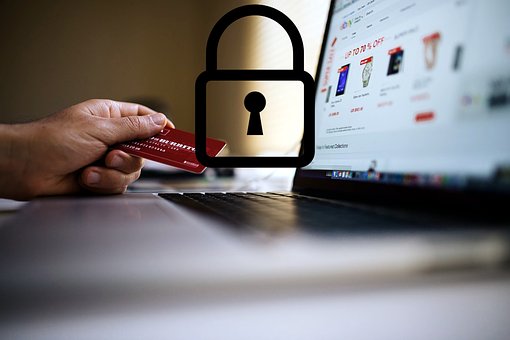
For an e-shop, credit card payments cannot be avoided. You then have the possibility to offer your customers to save their credit cards information. This option isn’t recommended since you will be responsible in case of a data leakage. This is why there are payment gateways that will handle all financial transactions. Those payment gateways take drastic measures to protect those data and make the payment for your customers safe. You can choose a payment gateway that is certified PCI-DSS (Payment Card Industry Data Security Standard). This certification makes your web site guarantee the integrity of the financial data and makes extra safe access control on your website. But if you just launched your e-shop and you are on a budget, you can always choose PayPal which is a safe platform and has a very good reputation.
5. Antifraud software
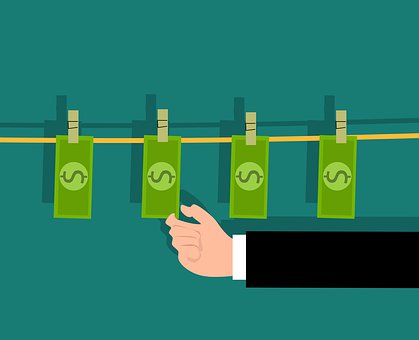
You need to know that when a person is being stolen their credit card information and that they tell their bank, the latest asks the e-shop to give the amount of the debt back as compensation. So, this means selling at a loss for the business that would have allowed a fraudulent transaction. This is why, it is very useful to get an antifraud software that will evaluate the transaction risk rate. The software analyzes IP addresses from the sales and studies certain factors such as proxies in order to establish if the transaction contains a high fraud risk.
The use of such software can save you money by avoiding compensation requests from banks and also can make you a less easy target to hackers.
6. Vulnerability scanner
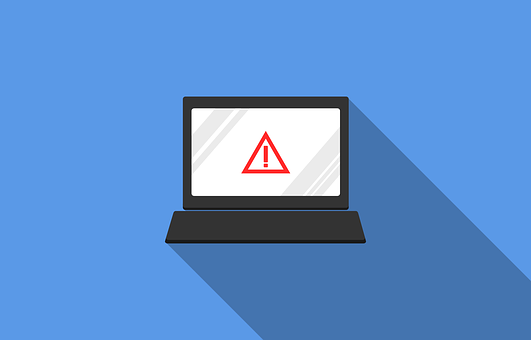
There are several safety levels to secure your website and as a basic we can mention firewalls, that will be very useful to avoid some of the most famous attacks like cross-site scripting. Nevertheless, an e-shop cannot settle for the minimum-security level because the most part if not the entire part of its turnover is lies through transactions made on the website. This is why it is necessary to identify the shortcomings of your website and take actions according to it. That is precisely the goal of the vulnerability scanner. It will analyze thoroughly your website in order to identify every shortcoming that it may has. You can find such a tool at HTTPCS that will also provide you with a detailed report of your website vulnerabilities.
7. Website Integrity
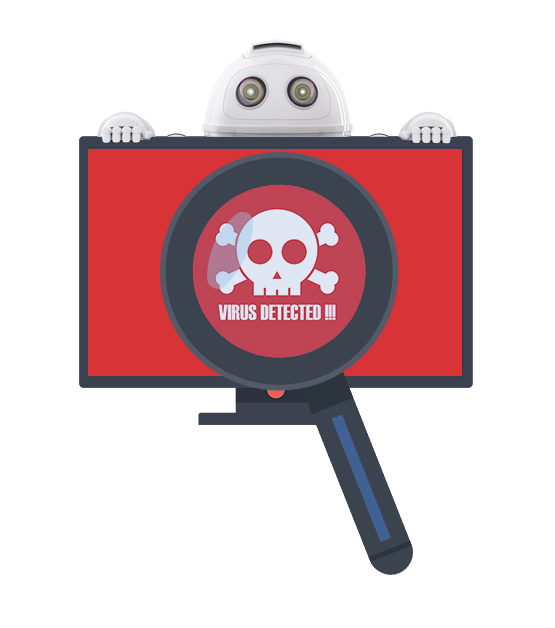
The biggest threat of a website is the risk of being hacked and have a third-party controlling, modifying or altering your website in any way. That threat is even greater because you don’t necessarily notice right away that a hacker got into your system and got access to all your information. Therefore, it’s very important to carry out checks on a regular basis to be warned in case of intrusion. Fortunately, there are tools which analyze the complete mapping of your website on a regular basis in order to detect any suspicious activity. For instance, the HTTPCS Integrity robot will thoroughly check, file by file, picture by picture, if a malicious file got into your system.
8. Monitoring

A downtime, in this context, is about a website unavailability. It can mean that a website is fully unavailable to end-users. For an e-shop, it can mean that a customer cannot add their item to cart, carry out their payment or even properly load a webpage. Let’s be honest: this is embarrassing and can lead to a big financial loss because nowadays, no one will wait for your website to be repaired. In fact, it’s quite the opposite: they’ll go to your competitors.
There can be many reasons for this unavailability. Indeed, it can be caused by a simple coding error, equipment failures or even worse, a malicious attack. These downtimes can be avoided by checking the monitoring uptime. It’s like a monitoring system which uses checkpoints in order to send requests or get access to websites or servers. If the response time is too long or that an error occurs, you’ll get a notification. There are other kinds of monitoring, such as the advanced availability monitoring, mainly intended to check the availability, the downloads, the database or even the content of the TLS and SSL, or even the performance monitoring in which the checkpoint loads the response in a browser and the performance of all the page content is checked. It’s useful to report any performance issue coming from the customer or from the server. Getting a monitoring tool is definitely a must-have to ensure the performance continuity of your website.
E-shop safety is vital because of the sensitive information that it contains. A website can have email addresses, passwords, postal addresses and credit cards information, and this is why it is your duty to make your website the safest you can. There are many things you can do and many tools you can get to avoid cyber-attacks from the cheapest and easiest way to the most complex and expensive ones. Whether you are a SME or a big group, you have no excuses to not get your website entirely safe for your customers. Besides, the safety of your website is linked to your economic growth as a not so trusty website will make you lose customer and by extension, money. This is why it is smarter to invest in quality tools in order to secure you website and thus, reassuring your customers.
Unfortunately, there is no such thing as no risk at all and every website is exposed to cyber criminals, but this is precisely why you need to always update and know the potential shortcoming in order to correct them as quickly as possible.
